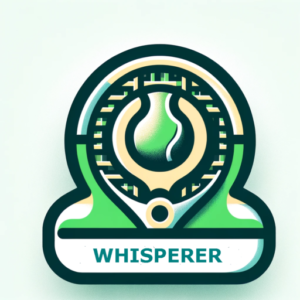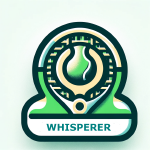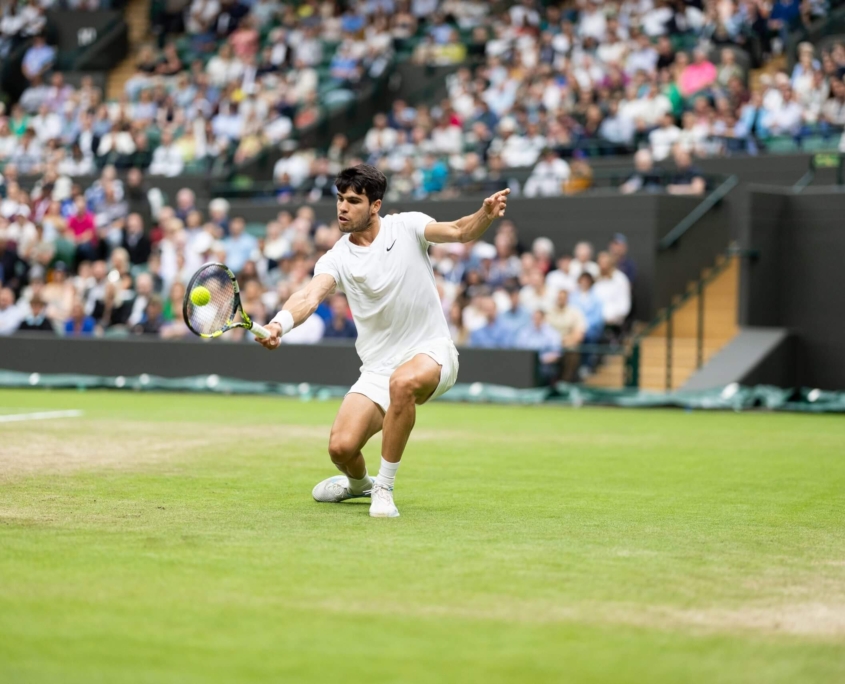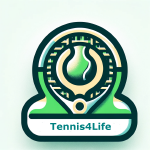The Art of Returning Big Serves
The Art of Returning Big Serves
Yesterday, Mpetshi Perricard fired the fastest serve in Wimbledon history – 153 mph (246 km/h) – and Taylor Fritz simply blocked it back deep.
On the women’s side, imagine Leylah Fernandez facing Aryna Sabalenka, who looks like she’s serving out of a tree. The ball explodes off Sabalenka’s racket from a towering contact point, giving Fernandez fractions of a second to prepare.
At our local Badge level, you’ll often face players with serves that feel uncomfortably big. Just ask Howie, Pam, or Coach Tim. Back in my playing days, the record – with a wood racket – was 140 mph, and most of us could still get enough returns back to break serve from time to time.
Sure, the game is faster now with modern racket and string technology, but the principles remain the same.
Out of Your Comfort Zone
When facing big serves:
-
You’re slow to react
-
You struggle to move to the ball
-
Your eyes can’t adjust quickly enough to the extra pace
The result? You start guessing, and panic sets in.
How Do Better Returners Handle This?
Because the serve is so fast, the best returners don’t overreact. Fritz simply moved his body out of the way and put his racket on the ball, absorbing the pace and giving it right back.
But to do this effectively, you need to read the ball, not just react. That has nothing to do with your racket – it’s all about anticipation. And yes, it can be taught.
Lorenzo Musetti, after facing Novak Djokovic, said:
“It seems like he knows minutes before where you are going to serve.”
This isn’t just talent – it’s reading ball tosses, body cues, patterns, and executing split-second decisions.
Keys to Returning Big Serves
-
No inertia
Start moving with the ball toss to prime explosive first-step movement. -
Reduce swing length
Use block returns with soft hands, meeting the ball out in front without swinging. -
Stay balanced
Small, rapid prep steps keep your body aligned and ready to pivot or extend at the last moment. -
Train anticipation
Watch toss cues, shoulders, and racket face to pre-commit subtly. -
Rehearse under pressure
Simulate serve speeds in practice with coaches or partners to acclimate your visual and reaction speed.
Learning Progression
The first variation of developing these skills is learning how to poach in doubles.
That’s what you’ll often see us teaching on most Sundays – poaching at the net, before progressing to learn how to read volleys and serves.
Wrap
Returning the fastest serves isn’t about having faster hands. It’s about anticipating before impact, staying balanced, and using the server’s power against them.
Because in tennis, as Wimbledon 2025 showed, the ball may travel at 153 mph…but the game is won by the speed of your mind.





